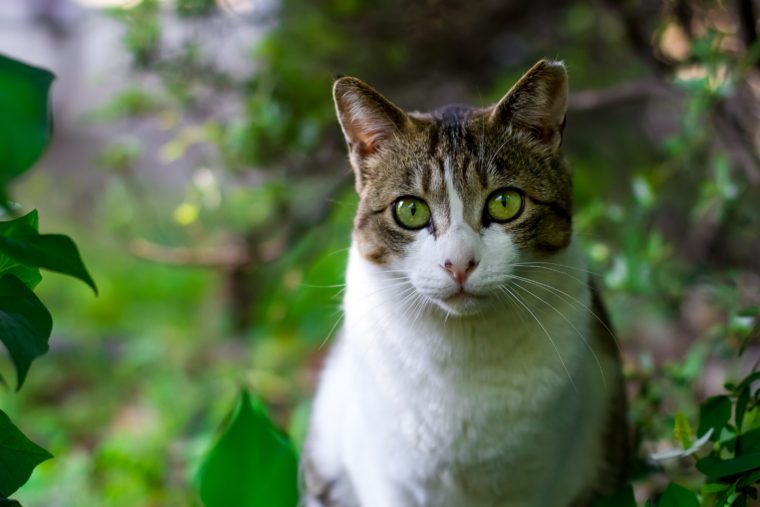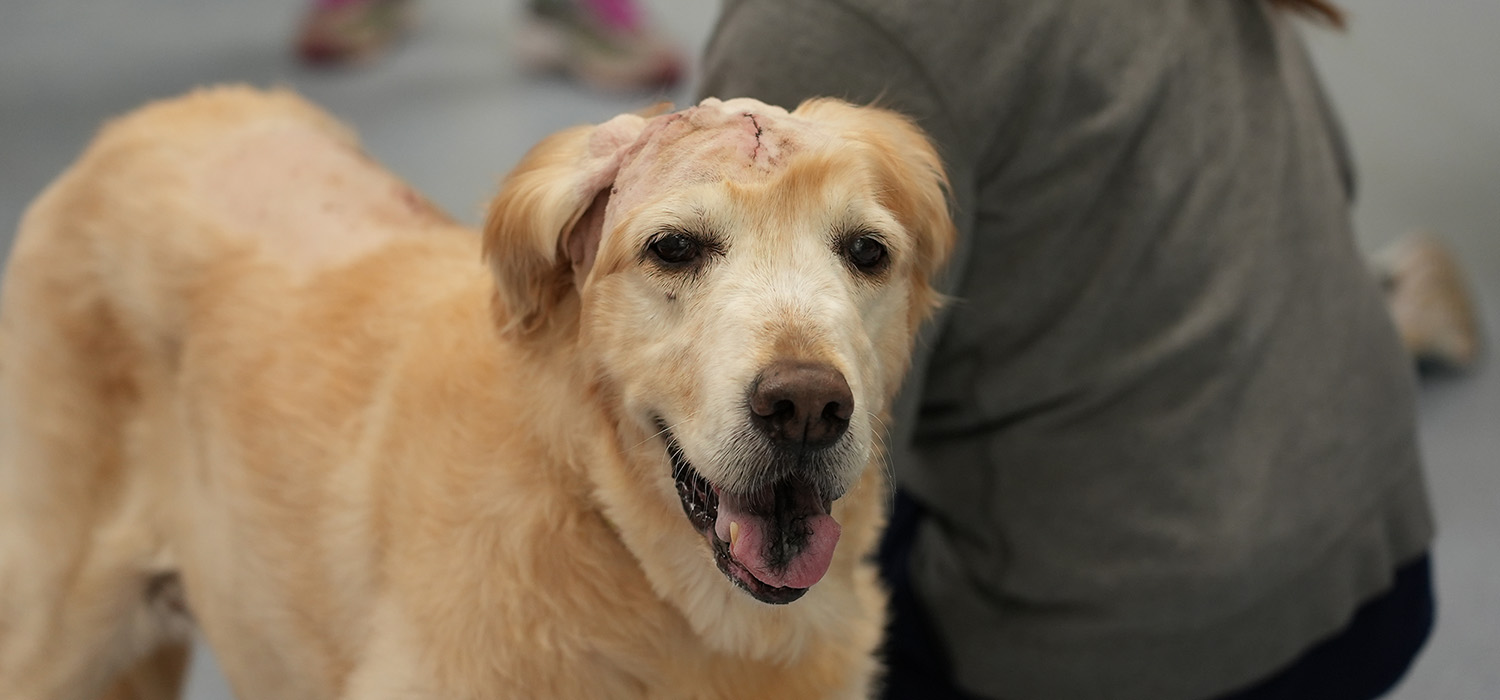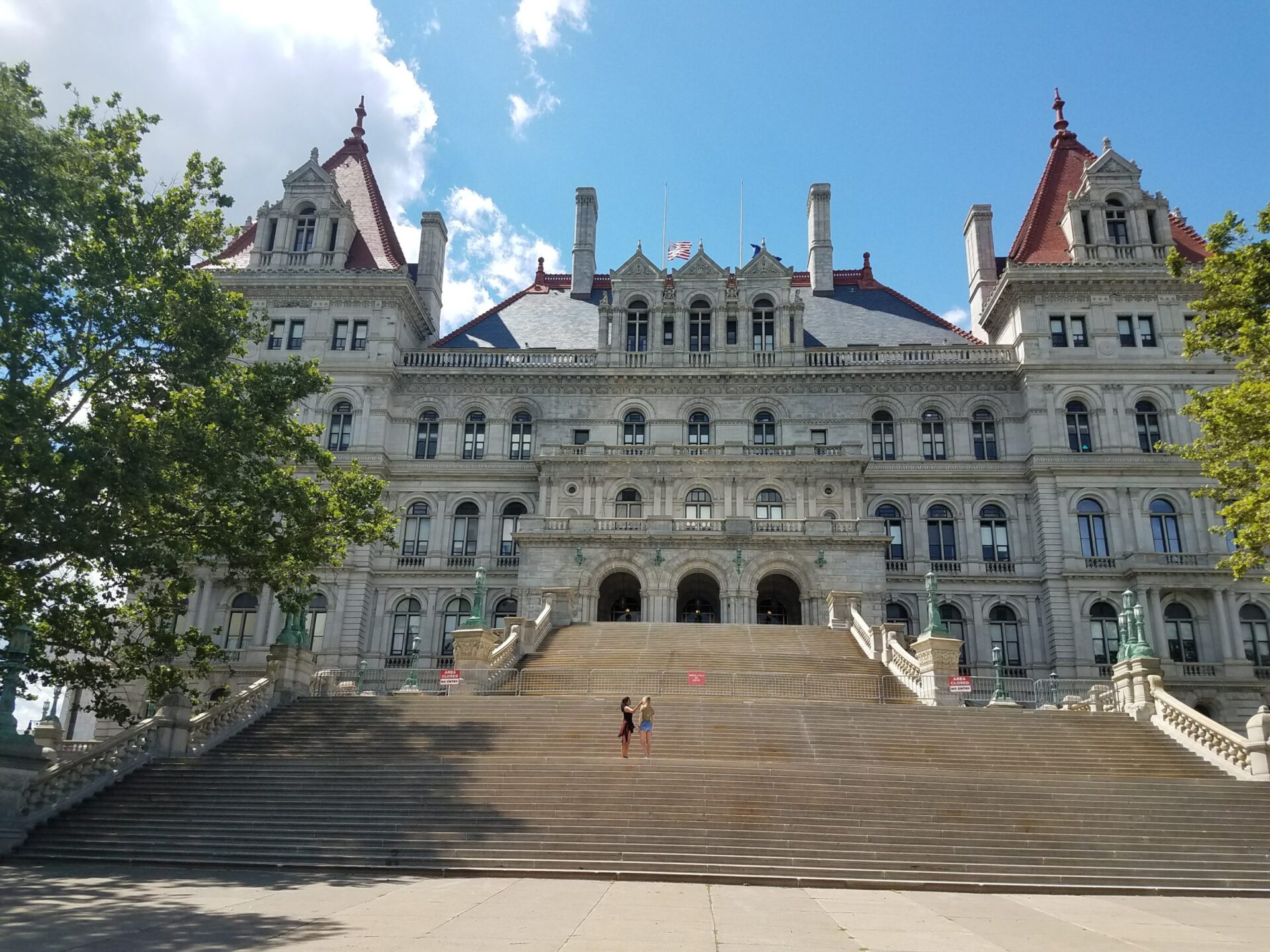A recent Democrat and Chronicle column appraised our community’s feral cat problem, with a specific concern about the impact on birds and small mammals. The article suggested that it was “time to get serious” about cats living outside in our community. However, this problem is one that Lollypop Farm and other animal welfare organizations across the nation have been seriously working on for decades. These misunderstood community cats and the complex solutions to the challenges they pose require the commitment of the entirety of our community.
The phrase “community cats” refers to different groups of felines living outside. Feral cats were most likely born outside and are not socialized to people, unable to live as pets inside the home. There are also cats who spend some or all of their time outside, but are friendly to people–they may even go home to a caretaker at night or have a route of porches where they get fed. Stray cats are indoor pets who end up outside for a time while their caretakers are looking for them. You can learn more about community cats here.

Community Cats–Friend or Foe?
A criticism that’s often levied against community cats, as was done in the column, is their role in the decline in bird populations. There’s no denying that cats can and do kill birds–they are predatory animals, and hunting is a natural feline behavior. Unfortunately, cats are often solely blamed for their effects on wildlife without also considering the impact of humans through habitat loss and environmental degradation. Two other major effects on birds are collisions with windows and automobiles.
There are also concerns about the nuisance behaviors of community cats in our neighborhoods. Using a garden as a litter box, digging in someone’s yard or garden, jumping on someone’s car, and upsetting an owned cat are some of the concerns about community cats.
Despite these challenges, we believe that we can compassionately coexist with the cats in our community. Feral cats, who will never comfortably live in a home, still deserve to live a life free of pain and suffering.
TNVR–A Humane Management Approach
Reducing outdoor cat populations is not as simple as keeping cats inside or trying to secure cats on a cable. While our dream would be a soft bed and a home for every kitty, this just isn’t realistic for all community cats. The population of community cats in the US is estimated in the tens of millions, many of whom are feral and will never be kept as a pet indoors. They then produce around 80 percent of the kittens born outside each year, which only snowballs the number of community cats and problems associated with them.
Lollypop Farm, along with humane organizations across the world, supports a proven and humane way to help address this community problem. And no, it’s not insane or absurd.
TNVR stands for Trap – Neuter – Vaccinate – Release of community cats. This is a proven practice where community cats are trapped by animal advocates for the purposes of spaying or neutering, vaccination, and ear-tipping prior to being returned outside.
The TNVR approach is proven to manage and reduce community cat populations over time. By sterilizing at least 75% of the cats in a group within a six-month period, TNVR helps to reduce the number of cats according to ASPCA. Not only does this limit nuisance behaviors such as spraying, excessive noisemaking, and fighting, but sterilizing the population eliminates their ability to produce kittens and over time decreases the population. Learn more about why TNVR works.
Not a Quick “Fix” but YOU Can Help
If fixing cats was the only solution needed to reduce community cat populations, we’d be well on our way. In 2020, Lollypop Farm alone sterilized 1,164 community cats, along with 2,127 pet cats, and 3,697 cats who were surrendered to the shelter. Think about the number of organizations in the Rochester area that are also spaying and neutering cats, and thousands more across the country doing the same thing. That’s a lot of fixing!
The truth is organizations like Lollypop Farm can’t do it alone–we need animal lovers like you to help. The community cat issue is a complex problem that requires all of us to help cats and in turn our wildlife.
Here is what you can do:
- Become a community cat caretaker. In order for TNVR to work, someone needs to monitor and care for the target colony. The cats need to be fed and provided water and shelter in order to ensure the population doesn’t roam away. They’ll also be less likely to hunt if they don’t need to search for their own food. Cat caretakers also watch and address new intact cats joining the group.
- Help an already established caretaker. You may have read the above and thought “Wow, that’s a lot of work.” And the truth is, you’re not wrong. These life-saving individuals can use all the help they can get. Whether it’s feeding, trapping, transporting to the vet, providing temporary housing after surgery, or fostering found kittens to find them traditional indoor homes, you could make a big difference in a caretaker’s ability to manage the population they are helping.
- Help keep cats out of the shelter. Friendly cats can often be rehomed outside of the shelter environment providing more space for cats who face challenges to adoption. Or if the cat is feral and fearful, look up TNVR resources in our community, like Lollypop Farm to keep that cat from further contributing to the population.
- Microchip and spay/neuter pets. Stray cats who are not microchipped very infrequently make their way back home. In fact, only 7% ever make it home. Microchipping with a collar and ID tag greatly increases the likelihood of a cat returning to their families. Also spay and neutering pets, even if they are only ever indoors, is so important. It decreases their desire to roam and in turn go missing. It also ensures that if they ever are out in the community they aren’t contributing to the outdoor cat population.
The issue of community cats is indeed serious–one that we have a proven approach to and ways for all of us to be part of the solution. Together, we can protect not only our wildlife but future generations of cats who deserve to live a pampered life on the cat tree inside. Join us!


